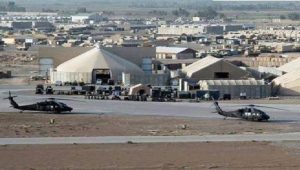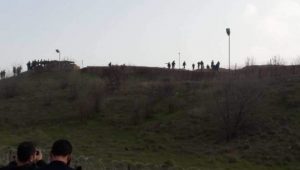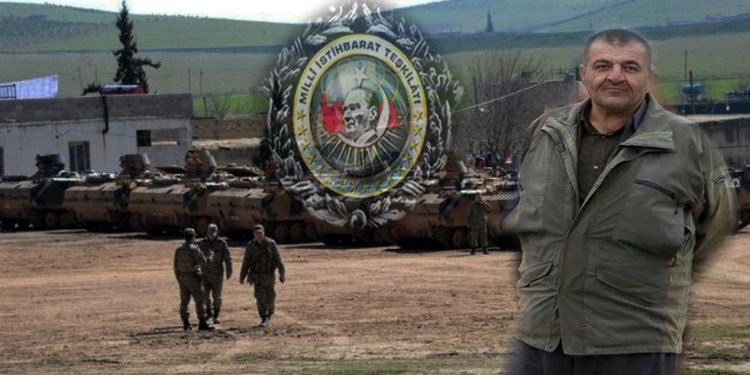QENDÎL, SOUTHERN KURDISTAN
With the invasion operations initiated in southern Kurdistan, namely “Claw 1-2-3,” the Turkish State began to add to its plans of occupying Lelikan and its surroundings in the Bradost region, and establishing bases and outposts with the KDP.
According to the information obtained, special military units of the KDP and their intelligence agency Parastin is working under the MIT, investigating and accumulating intel on guerrilla bases, their style of action, their weapons and ammunition depots, their financial resources, and their network of relationships. Here’s how:
- Another base has been added to the bases built around the Bradost and Sidekan line,
- An observation point was established on Beg Hill to listen to radio conversations between guerrillas,
- Construction work started to set up an observation point and an outpost on the way to Helgurt Mountain and Haci Umran, falling on the road to Xuşkan village.
- New police stations were established on the Sekran mountain, the Memixan road and the border to Dola Alan, Rayat and Berde Zer.
- After checkpoints had been established in the Gundejor, Gelejêr, Şoreye regions, from there, they moved to Belekatî area and new ones were added to the outposts in Dêlze and Berdebokşan.
- A large group of soldiers was sent to Gerwani Xiwaru village with heavy weapons surrounding Rewanduz. On Helemond Hill (also in Rewanduz) opposite Zinê Wertê, Turkish soldiers are operating dressed in peshmerga clothing. (This station was also used by Turks to throw howitzers and mortars to PKK and YNK during the civil war against PKK and YNK.)
- In addition, Qesre, Gocar, Xaneqa, Kolitar, Mamerut, Pişt Mergê and Balayan roads were renewed for the ease of travel by tanks and the number of Peshmerga in other stations was increased.
Who’s paying?

It was learned that a committee was established between the KDP and the Turkish state to establish new outposts and to renew the old ones. In regards to who is covering the cost of these expensive operations, the KDP is milking the bank of the Kurdistan Regional Government, while the Minister of State is not only not-paying for the oil being taken from southern Kurdistan, it is adding to the debt by not covering the cost of the operations. Both powers are using the money of the Kurdistan Region against the Kurdistan Freedom Movement.
Who is where?
According to the information obtained from local sources, the forces placed in the police stations are the peshmerga of the KDP’s 80th Force. Especially the patrols in the Bradost region, which controls the Belekati and Rewanduz region, are under the control of the MİT.
In addition to the Helgurt Command, it was found out that the Anti-Terrorist units affiliated with KDP Intelligence Parastin, the Command of Sipêlk and the Law Enforcement Command (Hêza Piştewanî) under the command of Sihad Barzani were among the chief powers in this plan.
In addition to these forces, it was confirmed that besides the Peshmerga, there were MIT members and special forces affiliated with the Turkish army.
Recently, it was observed that especially MIT and Turkish soldiers wore peshmerga clothes in Biradost, Kodo, Kolitar and Zinê Wertê.
Dirty plans

By analysing the movements and radio conversations of PKK guerrillas with their observation points, police stations and reconnaissance planes, the KDP and TAF are transferring the information obtained to centralised points of the MIT and Parastin. These are later fed to as regional centres in Behdinan.
The Turkish government, which tried to control the area with the intelligence information transferred, had carried out hundreds of air strikes in the direction of the information provided by the KDP agents from the field.
In the air attack most recently on Zînê Wertê, it was revealed that the location information of the 3 HPG guerrillas who were martyred were sent from the point where the KDP peshmergas were located.




